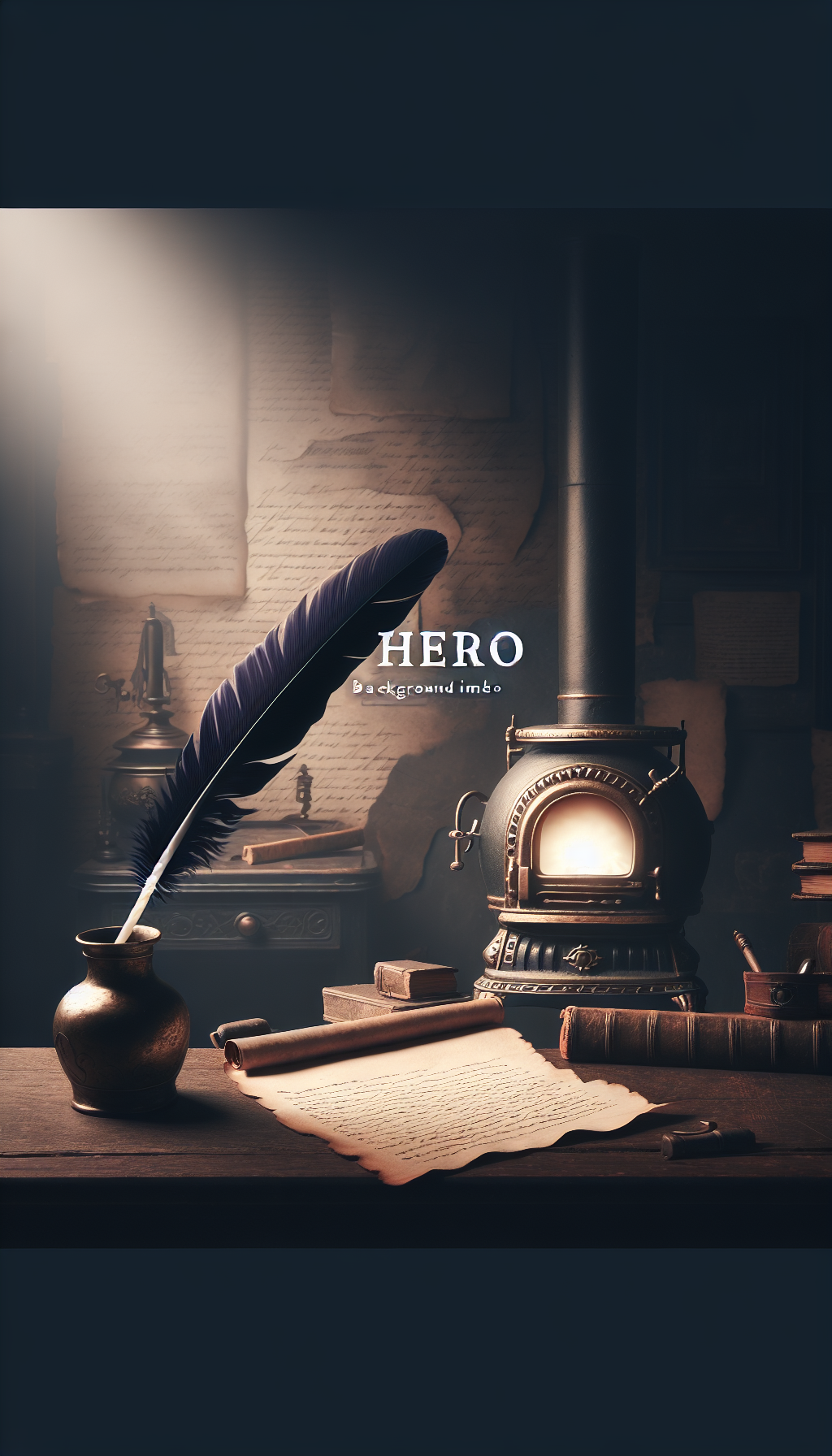Matilda Lotz
Matilda Lotz (1863–1923) is a compelling name for collectors who favor finely observed animal portraits and late 19th-century American painting influenced by European training. Her life bridged Civil War–era Tennessee, the vibrant art circles of San Francisco, and the ateliers of Paris, culminating in a body of work that travels comfortably between American and European sensibilities. For appraisers and antique art enthusiasts, her pictures offer both aesthetic satisfaction and interesting connoisseurial puzzles: authentic signatures, subject-driven value, and geographic clues hidden in inscriptions and materials.
Below is a practical, appraisal-minded overview of her biography, identifying features, value drivers, and best practices for authentication and conservation.
Biography and training: from Franklin to San Francisco to Europe
Origins and early history: Born in Franklin, Tennessee, Matilda Lotz was the daughter of Johann Albert Lotz, a German master cabinetmaker. The Lotz House in Franklin—central to local Civil War history—anchors her family story and is a common provenance cue for collectors.
Westward relocation: Post-war disruption prompted the Lotz family to relocate to California. By the 1870s–1880s, Matilda was working and studying in San Francisco during the city’s formative period for professional art training.
Formal study: Lotz trained at the San Francisco School of Design (today the San Francisco Art Institute’s legacy), earning early recognition in regional exhibitions and juried competitions. She later refined her craft in Paris, absorbing techniques aligned with the French animalier tradition. This dual-track education—California foundations with European polish—shaped her mature style.
Working abroad: Lotz worked and traveled in Europe and North Africa, a pattern reflected in subject matter (Arab horses, markets, pastoral scenes) and in inscriptions that note locales. Her career thus spans multiple markets, explaining why works appear in collections from Tennessee and California to the UK, France, and the Maghreb.
Focus: While she painted landscapes and figure studies, she became best known for dogs and horses—often commissioned portraits—rendered with a naturalistic eye and sympathetic character.
For appraisers, this biographical arc cues expectations: early West Coast training, later European finishing, and a core specialty in animal portraiture supported by international clientele.
Subjects and style: what to expect in a Matilda Lotz painting
Animal portraiture: The signature Lotz subject is a dog (sporting breeds, hounds, terriers) or a horse (often tack detailed, sometimes in stable interiors). She often presents animals three-quarter view, emphasizing the expressive eyes and textured fur or mane. Commissioned portraits may include collars with nameplates or tack with monograms.
Naturalism and modeling: Look for careful modeling of musculature, a clear sense of underlying bone structure at cheek and shoulder, and subtly graded shadows in earth tones. Fur is handled in layered strokes that read as texture at viewing distance but remain efficient rather than fussily detailed up close.
Palette and atmosphere: Warm browns, umbers, and siennas dominate, moderated by cooler greys and muted greens. Backgrounds are usually kept soft and unobtrusive, placing the animal as the focal anchor. Landscape works may trend toward late-day light with gentle tonal harmonies.
Compositional economy: Lotz’s better works avoid excessive studio props. In strong examples, a restrained setting—stable wall, neutral drapery, an indistinct field—lets anatomy, expression, and surface sheen carry the narrative.
European influence: Exposure to Parisian teaching contributed to her professional finish—cleaner edges at focal points, more controlled tonality, and a confident sense of volume—without losing the approachable specificity prized by American patrons.
Appraisers should weigh how clearly a work exemplifies these hallmarks. Pictures that epitomize her animalier strengths tend to command the strongest interest.
Signatures, inscriptions, and materials: keys to identification
Signatures:
- Common forms: “Matilda Lotz” in flowing script; occasionally “M. Lotz.”
- Placement: Most often lower right; sometimes lower left. A later signature may be reinforced over original paint; look for underdrawing or pentimenti under raking light.
- Date format: Typically Arabic numerals (e.g., 1891). Earlier works may omit dates.
- Additions: Commissioned portraits may include the sitter’s name, occasionally lettered near the collar or noted on the verso.
Inscriptions:
- Locations: Verso annotations can include city and year (e.g., Paris, Algiers, San Francisco).
- Clients: Owners’ names, kennels, stables, or dedicatory notes sometimes appear on the back of the canvas or panel.
- Labels: Period frame or dealer labels are crucial. San Francisco galleries and framers from the 1880s–1890s, or later French suppliers, can corroborate timeline and geography.
Supports and media:
- Oils on canvas dominate; oils on panel also occur, especially for smaller animal heads.
- Canvas weaves: Medium to fine weave; late 19th-century French or American colorman stamps may appear on the reverse.
- Grounds and varnish: Warm-toned grounds are common; natural resin varnish (now ambered) is typical on uncleaned works.
Frame considerations:
- Many period frames are American gilded composition frames or French Louis-style profiles. Original frames add value and context; check for period joinery and old gilding layers.
Drawings and watercolors:
- Less common on the market but not unknown. Animal studies in graphite or watercolor may be signed; attribution requires careful style comparison.
Note: As with many 19th-century artists, signature styles can vary over decades. Compare letterforms—especially the “L” and “z”—against verified examples when possible.
Market and value drivers: what affects pricing
Subject hierarchy:
- Top tier: Strongly characterized dog or horse portraits with clear signatures, good condition, and period frames. Named animals or identifiable pedigrees can add appeal.
- Mid-tier: Pastoral scenes with animals, stable interiors, or genre scenes related to animal life.
- Lower tier: Generic landscapes or works where animal depiction is secondary or weakly executed.
Date and locale:
- Works associated with European training years often carry polish and desirable technique. San Francisco-period works with strong exhibition provenance also perform well.
- North African subjects (Arab horses, market scenes) can attract crossover interest among equine and Orientalist collectors.
Size:
- Larger, well-composed canvases usually outperform smaller cabinet pictures, though small, superb animal heads may punch above their size class.
Provenance:
- Direct ties to the Lotz family, the Lotz House in Franklin, or historically significant kennels/stables can materially boost desirability.
- Prior exhibition or literature mentions add confidence; keep an eye out for old exhibition labels and catalog numbers.
Condition:
- Clean, stable surfaces with original varnish or a competent conservation clean are optimal. Heavy overpaint, compromised textures, or structural issues can depress prices.
Rarity and supply:
- Works surface periodically at regional and international auctions, but supply is not saturated. The best subjects remain competitive.
Because published scholarship is limited and no comprehensive catalogue raisonné is widely recognized, the market rewards well-documented, visually persuasive examples.
Authentication, provenance, and due diligence
Start with the object:
- Scrutinize signature placement and paint integration under magnification. A floating signature atop oxidized varnish is suspect.
- Confirm period materials: tacking margins, stretcher types, and ground layers consistent with late 19th- to early 20th-century practice.
Contextual clues:
- Verso inscriptions naming locations like San Francisco, Paris, or North African cities align with known travel. Dealer or framer labels can be chronological anchors.
- Commission context matters: canine portraits linked to prominent kennels, or equine portraits tied to racing stables, yield robust provenance chains.
Comparative analysis:
- Compare facial anatomy (muzzle structure, eye set), brushwork in fur, and the handling of highlights across confirmed examples.
- Note background simplification and tonal control; Lotz balances detail at the focal area with restraint elsewhere.
Documentation:
- Seek out old bills of sale, exhibition catalogs, or newspaper clippings. Family papers from Tennessee or California sometimes surface in private archives.
- Museum and historic house references can help triangulate authenticity, especially examples known at the Lotz House or regional institutions.
Misattribution risks:
- Surnames can mislead: avoid conflating “M. Lotz” with other Lotz artists in Germany or Central Europe.
- Unsigned animal paintings with generic traits should be approached cautiously; style congruence and provenance must align.
Professional opinion: When significant sums are at stake, obtain a qualified written appraisal, and involve a conservator for technical imaging (raking light, UV) to assess signature integrity and overpaint.
Condition and conservation: typical issues and impact
Surface and varnish:
- Natural resin varnishes often yellow; cleaning can restore chroma and depth but must be careful near whiskers, eye catchlights, and fine muzzle work.
- Minor abrasion at raised impasto (if present) or at canvas weave peaks is common.
Structural:
- Relinings from mid-20th century are frequent; a well-executed lining is acceptable, but heavy wax linings can darken values and reduce nuance.
- Edge losses at tacking holes and corner repairs occur, especially in larger canvases.
Overpaint:
- Owners sometimes “refreshed” animal eyes or highlights. Under UV, look for retouches around eyes, noses, and collars.
Environmental:
- Works painted or kept in warmer, drier climates may show differential craquelure. Dust and fine grit can embed in varnish layers on paintings created or stored in North Africa.
Value implications: Honest age and light craquelure are acceptable; intrusive restorations or compromised passages at focal points (eyes, muzzle) carry outsized penalties.
Collecting and appraisal checklist
- Confirm the subject: Is it a primary animal portrait with strong characterization, or a secondary subject?
- Examine the signature: Placement, integration with paint layer, and consistency with known letterforms.
- Read the verso: Look for dates, locations, client names, dealer/ framer labels; photograph all marks.
- Assess materials: Period canvas/panel, stretcher construction, ground color, and varnish type.
- Evaluate condition: Cleanliness, retouch, structural support, and stability; note any relining or overpaint.
- Weigh provenance: Family papers, sales receipts, exhibition labels, mentions in local histories.
- Compare style: Brushwork in fur, anatomy, tonal control; align with documented examples.
- Frame value: Original or period-appropriate frame present? Note condition and labels.
- Estimate tier: Place the work within subject and quality hierarchy to inform market level.
- Document thoroughly: High-resolution images (front, back, details), condition notes, and measurements.
Frequently asked questions
Q: Did Matilda Lotz only paint animals? A: No. While animal portraits—especially dogs and horses—form her core market, she also produced landscapes, genre scenes, and occasional figure studies. Animal-focused works, however, tend to command stronger interest.
Q: How can I date a Matilda Lotz painting without a visible year? A: Use a combination of clues: signature style, canvas and stretcher type, dealer/framer labels, inscriptions noting geography (San Francisco, Paris, North Africa), and comparative stylistic analysis. Conservators can sometimes reveal obscured dates under varnish or grime.
Q: Are there many fakes? A: Outright forgeries are uncommon, but misattributions occur, especially with unsigned animal paintings or works signed “M. Lotz.” Rely on converging evidence—signature integrity, stylistic match, materials, and provenance—rather than signature alone.
Q: What subjects bring the highest prices? A: Strongly characterized dog or horse portraits with clear signatures, desirable size, and good condition generally lead the field. Named or historically identifiable animals, and works with exhibition or notable provenance, are especially prized.
Q: Is there a catalogue raisonné? A: A comprehensive, authoritative catalogue raisonné is not widely recognized. Scholarship is dispersed across regional histories and museum files. That makes documentation and comparative connoisseurship especially important in appraisals.
Matilda Lotz rewards close looking and careful research. For collectors and appraisers, the most successful engagements with her work combine subject-savvy connoisseurship, respect for period materials, and a disciplined approach to provenance—an art-historical and market puzzle that, when solved, pays aesthetic and financial dividends.



